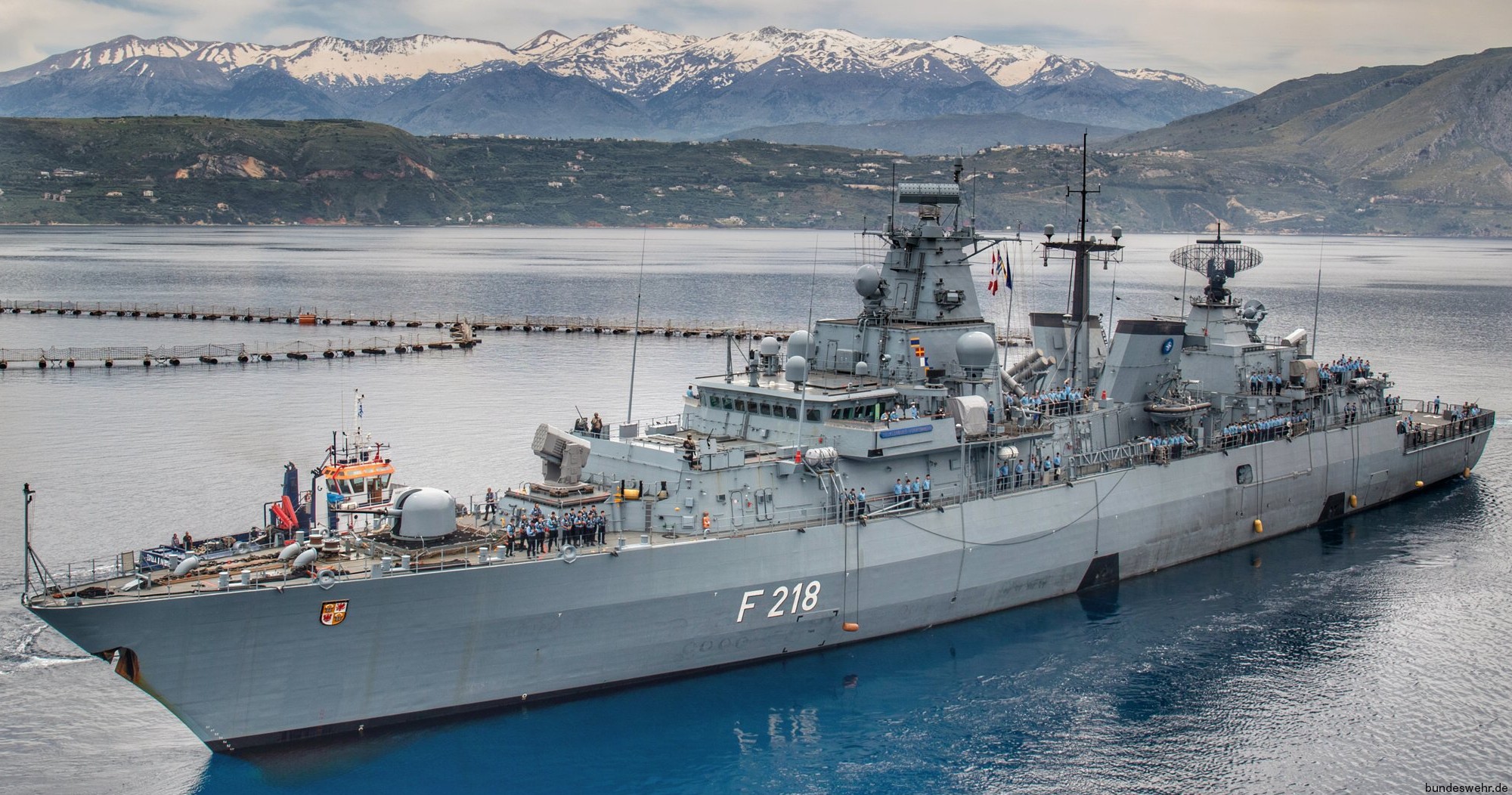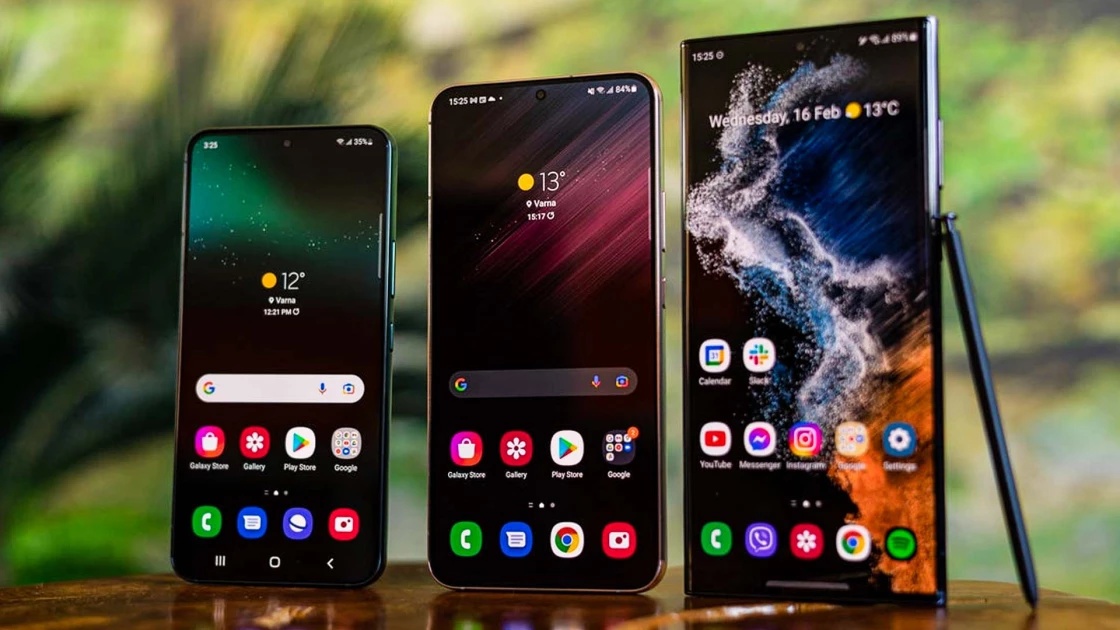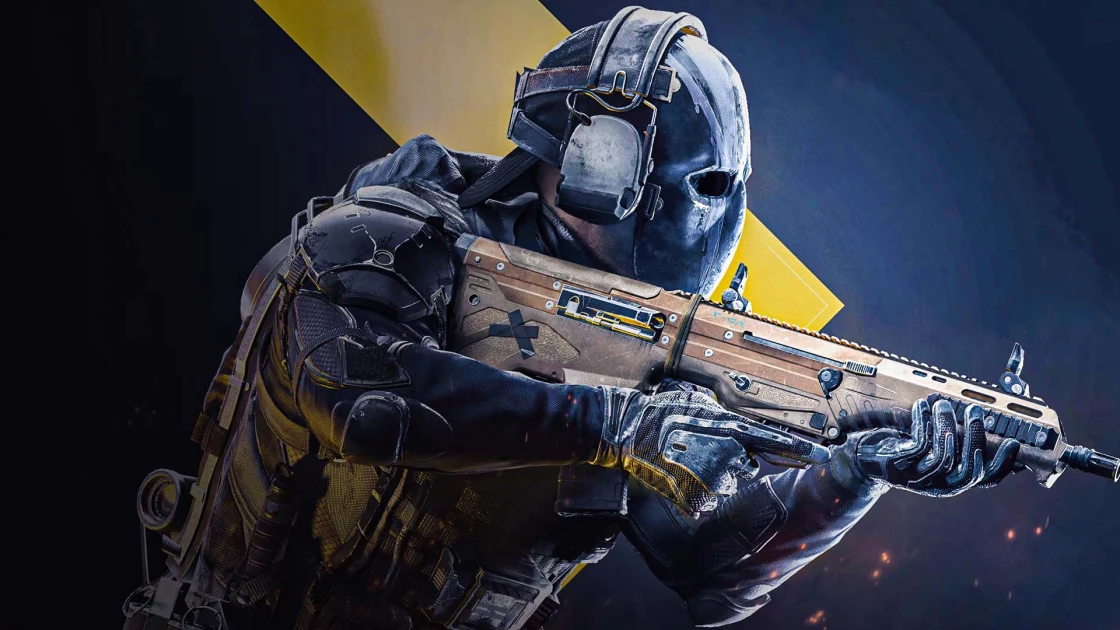
We return – for the umpteenth time – to the issue of replacing the 9S (Kortenaer) class frigates of our Navy, which have already entered their fifth decade of life. We have already written that their replacement cannot be done with new corvettes, let alone high-cost corvettes that are close to new frigates.
It is therefore necessary, since our financial resources are limited, that they return to the discussion Used ships The size of the frigate of allied countries. It’s worth taking a fresh look at what these ships are scheduled to retire at some point. Such solutions can be found in the following countries: Canada, Australia, Germany, Italy, United Kingdom, USA, France, Spain, Belgium and Netherlands. Of course we have to look at the boats we are going to buy About 100 million euros each (unless we can get a free concession as well), and another 100-150 million euros at most will be needed to upgrade or modernize. If we exceed this “ceiling” of the cost per ship, we will enter into a vicious cycle of investment, in which we will not be able to exploit these ships for ten or fifteen years.
Forgetting them is little and precious to her France– FREMM-FR, the only class we can be interested in are frigates Fate. At least 2 who did not undergo the upgrade program. Despite this, slow ships, with limited armament, almost no anti-submarine warfare equipment and serious air search radar, were never offered by the French to our own navy.
No change: passes Germany We see 4 F123 class frigates Brandenburg. The ships, which today are about 27-30 years old, are equipped with advanced systems and have a powerful anti-missile defense with two RAM systems. They also have capable radar and electronics, as well as a 16-cell Mk41 anti-aircraft missile launcher, while conducting anti-submarine warfare operations. This class has excellent range and can carry out long-range missions, and is somewhat related to the Greek MEKO200HN aircraft. Top ship in every way.

One ship that a PN might consider is a frigate class Halifax by Canada, Built in 1987-1996, with a large payload approaching 5,000 tons, with 16 ESSM anti-aircraft missiles, 8 Harpoon, 1 Phalanx, towed sonar, torpedo tubes, Thales and Saab electronics. The boats have recently been updated mechanically and armament. A great solution for Greece when it starts to withdraw.
Another option is a frigate Mistral from Italy. The class consists of 3 multi-mission ships equipped with capable weapons and warfare systems, but only for the time they were built (Aspide anti-air missiles, Selenia radars, etc.) and remain capable of anti-submarine warfare operations. Reliable, but now slightly newer than the Greek S-class frigates.
from United kingdom The solution remains type 23, Of those still serving, she is among the most successful of her generation. With its recent modernization, it has modern anti-aircraft warfare systems and anti-missile defense (via CAMMs), while being unsurpassed in anti-submarine operations. It also has excellent range and can carry out long missions. We remind you that these ships were the only frigates that continued to enter the Arabian Gulf without escort.
Australia, he have Miku 200 Anzac Which he updated. These ships are an excellent solution, but it appears that delays to the Type 26 frigates will keep them in service until the end of the decade. It is also worth noting that the MEKO 200 ANZAC class will have little to do with the modern Greek MEKO200HN in the future. The Australians deployed the 9LV battle management system, while the PN selected TACTICOS. Therefore, the differences in sensors are large. Of course, if they “magically” end up in PN, we think they’d be a big boost.
Other possible options include frigates Santa Maria from Spain and Karel Doorman IV (Class M) from the Netherlands and Belgium. Finally, we mention that the United States withdrew the Oliver Hazard Perry-type frigates. Let’s take a quick look at the options with an appreciation for our Navy:
- Oliver Hazard Perry (USA): Ships are stored in the USA, in poor condition, having operated for several years without a Mk13 launcher. Getting them back into the working system is who It is impossible to be unprofitable.
- Karel Dorman (Netherlands and Belgium): Ships, although they were the most interesting temporary solution during the “Frigate”, the Dutch were slow to release them. The Mk48 launcher is also not ESSM (Block 1/2) compatible, and the primary radar is showing its “age”. If we had bought the Sigma 11515, the former might already be here, however We now consider this unlikely.
- Santa Maria (Spain): The Spanish Oliver Hazard Perry, had fallen on the table at the time of the “Frigate” as a temporary solution with the F-110 aircraft. They don’t care about PN at all.
- MEKO200 Anzac (Australia): Australians have other interests of their own, especially Pacific countries. Anyway, it probably is It’s too late for this show For sale with the postponement of the new Hunter-class frigate program. After all, the last opportunity to buy ships from Australia, the Adelaide, had not gone well…
- Type 23 (UK): Can have a value, if AH140 is selected. Today it seems that PN is indifferent, but the truth is that warships Either they would delay disengagement, or the British had already “promised” them elsewhere.
- Maestral (Italy):And here’s a problem. The ships are very oldWhile the two will be transferred in better condition to Indonesia.
- Halifax (Canada): The ship, which we’ve seen little of, deserves to be upgraded while its class is upgraded. But the CMS is Canadian, although it is related to Lockheed Martin’s CMS330, while almost all of the sensors are different. The boats are the same age as the Greek boat MEKO200HN, Canadians, even if they decide to sell, will hardly They will give us the newest ships.
- Lafayette (France): The delay in receiving all French foreign direct investment (both deferred for delivery until 2035), means that the Lafayette will continue to serve for years to come in the national navy. The two vessels might become available for export, but they would then need immediate modernization and their FDI compliance would be zero. For their own reasons, mainly due to the limited tasks they can perform, Apparently PN doesn’t want these ships either.
- Brandenburg (Germany): It is assumed that this class will be replaced by F126 frigates that will begin entering service in 2028. But the problem is that the developments in German equipment, as well as the recent updates that Brandenburg has received, do not indicate the “retirement” of the frigates. Type. So even though the boats will be a big boost for us, Maybe we can’t hope for them.
What does the above mean? How necessarily must we ask the United States for a solution, and go to the LCS, either freedom or independence? Not necessarily, as there is another option. Here we will “contradict” ourselves when we stated at the beginning of the article that “cruisers do not replace frigates.” as there…
sequel to Naval defence

“Hipster-friendly coffee fanatic. Subtly charming bacon advocate. Friend of animals everywhere.”









More Stories
The second suspicious death linked to the Boeing scandal
Israel bombs Syria – the first information
“Russia should not win in Ukraine”